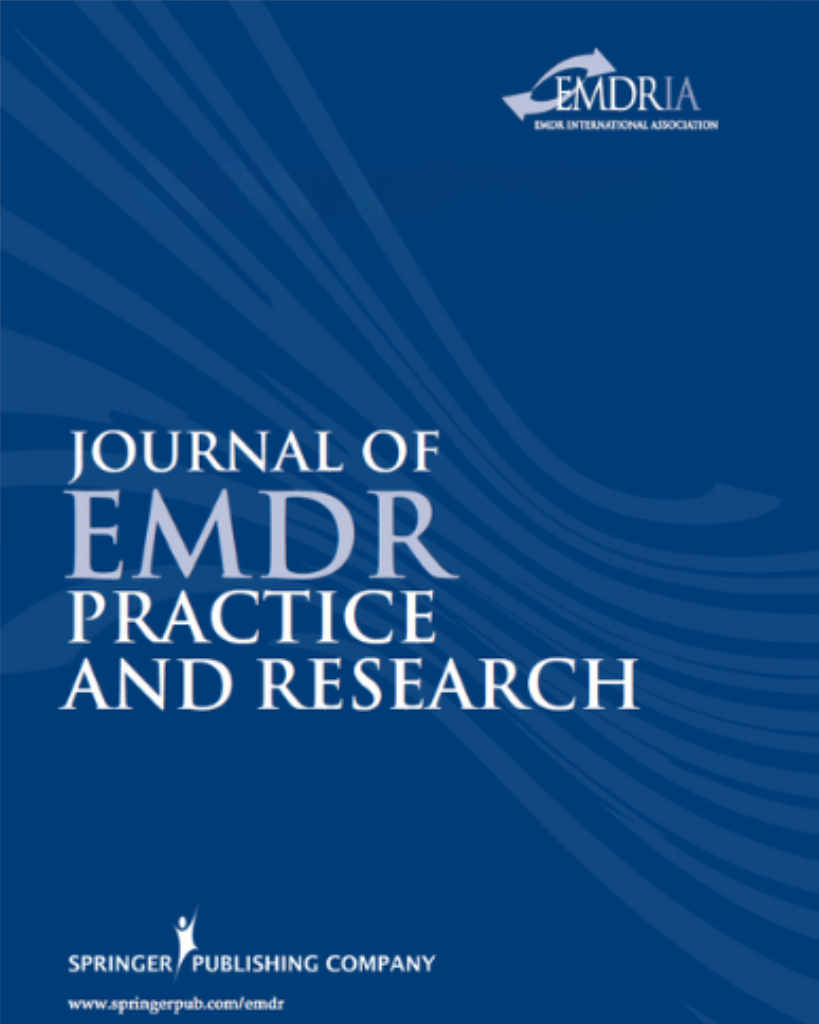EMDR and Phantom Limb Pain: Theoretical Implications, Case Study, and Treatment Guidelines
This article by Jens Schneider, Arne Hofmann, Christine Rost, and Francine Shapiro, Ph.D. reviews the literature on EMDR treatment of somatic complaints and Shapiro’s AIP model in the treatment of phantom limb pain.
Article Abstract
“This article reviews the literature on EMDR treatment of somatic complaints and describes the application of Shapiro’s Adaptive Information Processing (AIP) model in the treatment of phantom limb pain. The case study explores the use of EMDR with a 38-year-old man experiencing severe phantom limb pain 3 years after the loss of his leg and part of his pelvis in an accident. Despite treatment at several rehabilitation and pain centers during the 3 years, and the use of opiate medication, he continued to experience persistent pain. After 9 EMDR treatment sessions, the patient’s phantom limb pain was completely ablated, and he was taken off medication. Effects were maintained at 18-month follow-up. The clinical implications of this application of EMDR are explored.”
—Description from publisher
Article Access
Open Access
Schneider, J., Hofmann, A., Rost, C., & Shapiro, F. (2007). EMDR and Phantom Limb Pain: Theoretical Implications, Case Study, and Treatment Guidelines. Journal of EMDR Practice and Research, 1(1): 31-45. https://doi.org/10.1891/1933-3196.1.1.31
About the Journal
Journal of EMDR Practice and Research (JEMDR) is a peer-reviewed publication devoted to integrative, state-of-the-art papers about EMDR therapy. It is a broadly conceived interdisciplinary journal that stimulates and communicates research and theory about EMDR therapy and its application to clinical practice. JEMDR is the official publication of the EMDR International Association.
Date
July 1, 2007
Creator(s)
Jens Schneider, Arne Hofmann, Christine Rost
Contributor(s)
Francine Shapiro
Topics
Medical/Somatic, Pain/Chronic Pain
Practice & Methods
AIP
Extent
14 pages
Publisher
Springer Publishing Company
Rights
Copyright © 2007 EMDR International Association
APA Citation
Schneider, J., Hofmann, A., Rost, C., & Shapiro, F. (2007). EMDR and Phantom Limb Pain: Theoretical Implications, Case Study, and Treatment Guidelines. Journal of EMDR Practice and Research, 1(1): 31-45. https://doi.org/10.1891/1933-3196.1.1.31
Series
1
Installment
1
Audience
EMDR Therapists
Language
English
Content Type
Article, Peer-Reviewed
Original Source
Journal of EMDR Practice and Research
Access Type
Open Access





